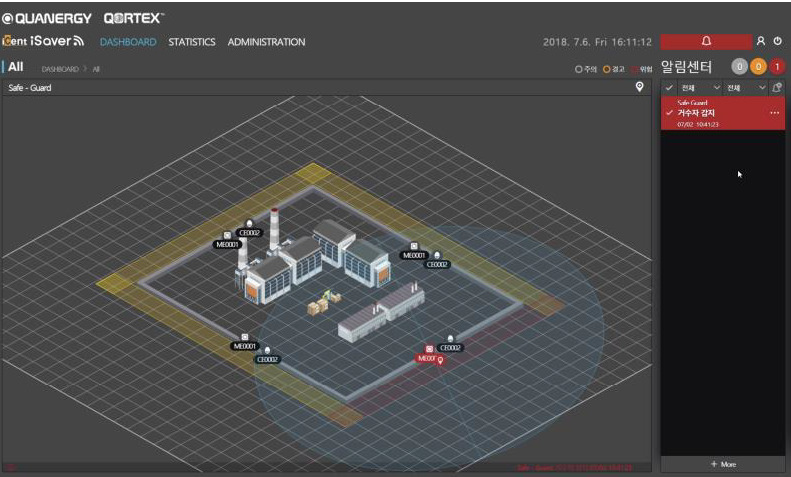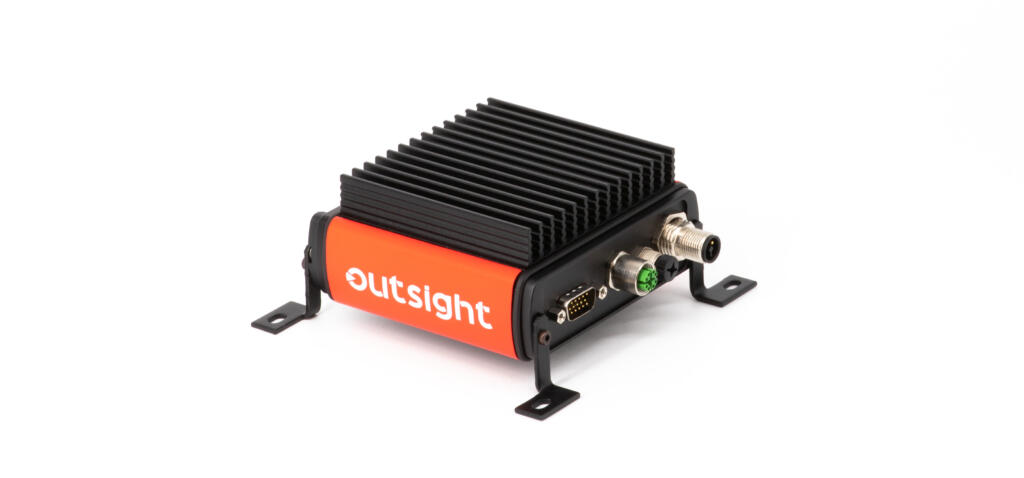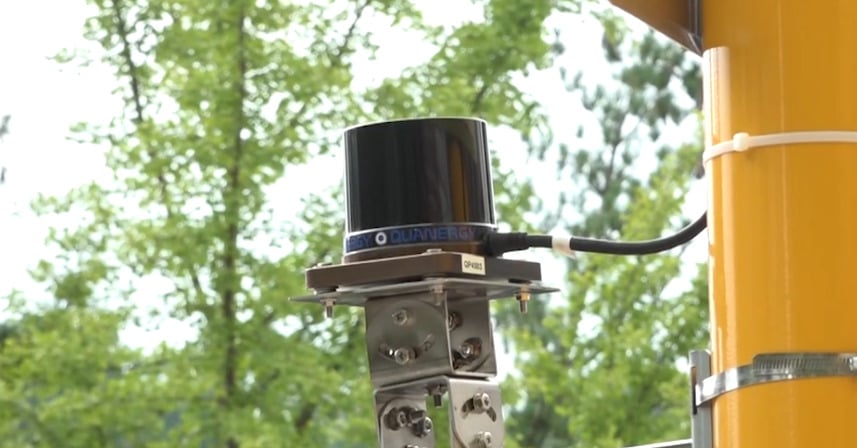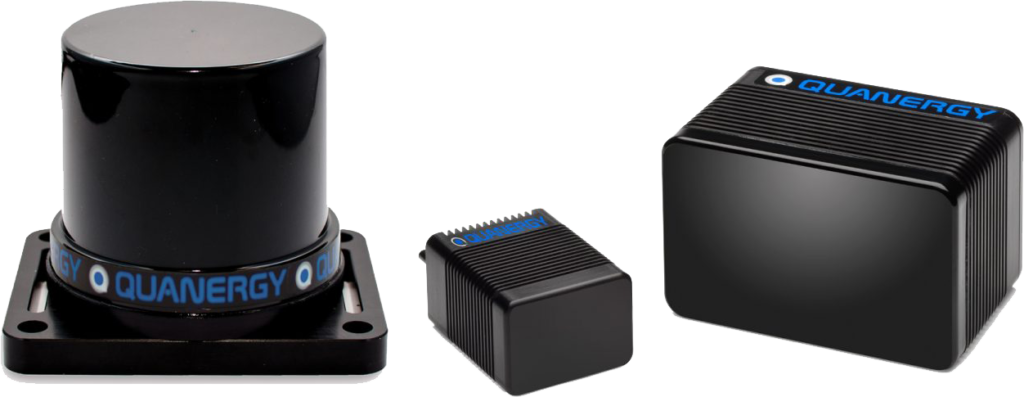Levelling up physical security with 3D LiDAR

Physical security is an evolving proposition. Whether your application is critical infrastructure, intrusion detection, border security, or access control, there are numerous solutions to consider. But the most compelling option by far can be found in the point clouds.
The best way to understand how LiDAR can work for you is to look at some real-world deployments:
Port security
Ports provide major points of entry to a country, playing a pivotal role in national security. A South Korean port had been using a camera-based system – a series of optical sensors integrated with pan-tilt-zoom (PTZ) cameras. However, the deployment was vulnerable to atmospheric conditions, like wind, snow, or rain, creating false alarms, leading to the wasting of resources on these non-existent threats. Furthermore, the optical sensors were operating with a limited field of vision, therefore lacking in the delivery of real-time situational assessment.
To address these issues the facility opted for LiDAR technology that was an easy to manage, fully automated solution. A solution providing highly accurate results in adverse conditions, real-time tracking and analysis, a low rate of false alarms, and long-term value. They deployed M8 Series LiDAR sensors paired with the QORTEX DTC™ (Detection, Tracking, and Classification) software, providing 98% accuracy.
Oil and gas
To support a large oil and gas company, Quanergy deployed a LiDAR-based Perimeter Intrusion Detection (PID) system around the boundaries of their facilities. This perimeter consisted of continuous fence links spanning hilly terrain, across more than three kilometres.
The previous microwave-based system was unable to properly monitor bends in the fence or function near metal pipelines, so the company opted to fill these blind spots with infrared sensors. However, this dual deployment was expensive and ineffective. Replacing this system with Quanergy’s QORTEX DTC™ delivered real-time sensor data analysis and target geolocation for rapid response, also meeting the customer’s request for centimetre-level accuracy.
The QORTEX solution intrusion alarms and PSIM (Physical Security Information Management) software are integrated, offering fully automated security monitoring by controlling PTZ cameras, tracking objects and robust map visualisation. With intruder detection extended well beyond the customer-required ten metre-wide buffer along the fence.
The LiDAR advantage
These case studies are just two examples of common challenges in physical security, and the key advantages of using LiDAR-based 3D surveillance software.
When exploring options for your security system there are several factors to bear in mind:
- Traditional security logic can deliver acceptable results but doesn’t come close to the effective range or accuracy of 3D LiDAR.
- Patchwork systems (as illustrated in the oil and gas company scenario) create more problems, increased maintenance and a repeating cycle of deployment expenses.
- There is no substitute for real-time awareness and actionable insights.
- Test, test, and test – the results of LiDAR-based security solutions show that they consistently deliver, often beyond the scope of the application’s demands.
Contact our sales team today to discover why AI, analytics and 3D LiDAR are the clear front runners in the race for improving physical security.









